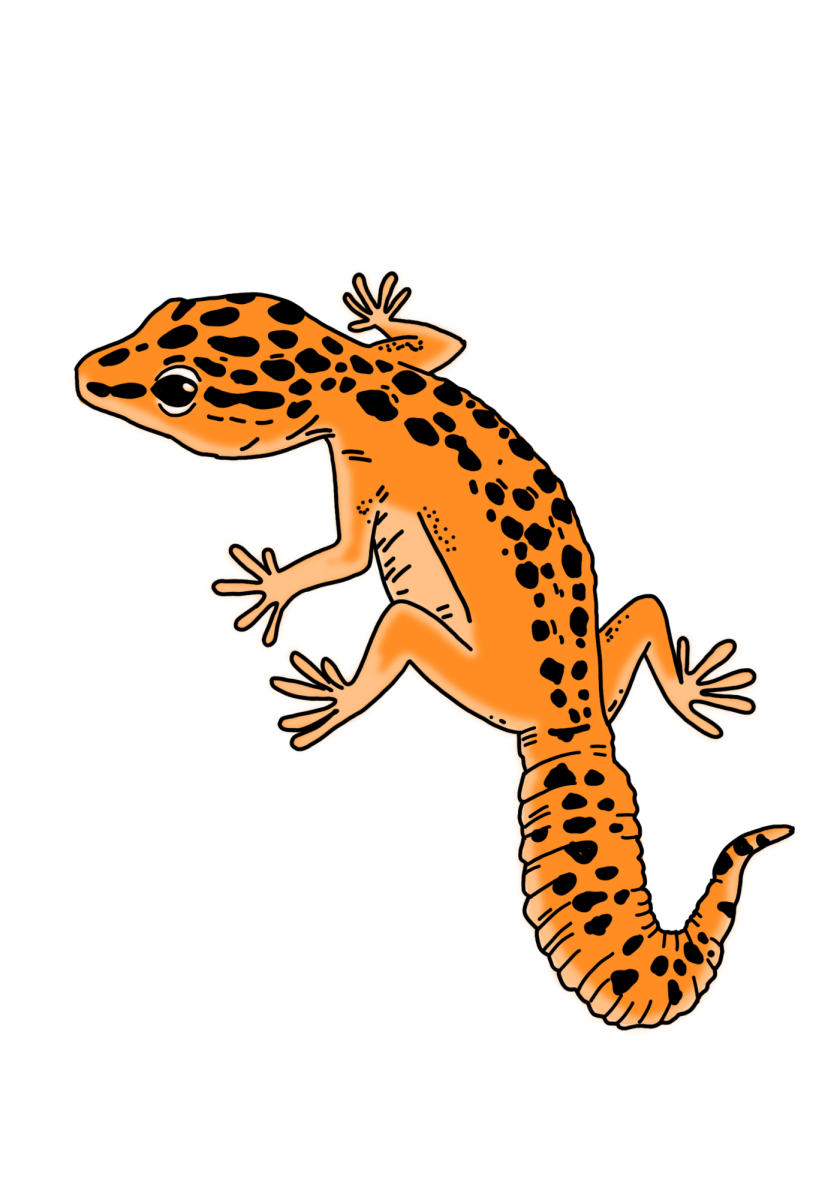Reptiles. Amphibians. Fish. Wild by nature, these animals are found in aquatic, outdoor habitats and compete every day for survival of the fittest among the vast world of organisms. They have developed their own niches and environmental predator-prey relationships, and communicate in ways that mere humans are still trying to understand. While DGN is no stranger to class pets, hosting several animals throughout the school, this raises a question- being free by the Earth, do animals belong in schools?
The idea of class pets has evolved slowly over time. Today, DGN currently hosts several creatures that are cared for mostly by the science department and staff. Though animals in classrooms can add excitement to everyday school life, they also serve a purpose for the space and funds they may take up. For biology teacher Lindsay Panopoulos, class pets can help students connect what they are learning to the real world, and let students become more interested in their studies.
“I care for a leopard gecko named Mango, and with biology, it’s easy for me to connect her to the topics we’re learning about, like her environment, natural habitat, and more,” Panopoulos said. “The original purpose for getting Mango was to bring some life into the classroom, because biology is the study of life. I prefer my students to get involved, and I want them to experience the lizard”
The domestication of wild animals has been ethically debated for years as the popularity of dogs, cats, and other creatures in homes has increased exponentially since the 1900s. Many argue that animals deserve to live organically in nature among others of their species. However, science department chair Michael Heinz, who oversees purchasing and activities with classroom critters, believes that class pets can teach students to think differently about more than just learning.
“There’s the humanistic side of it, that we are all part of a larger network of organisms on this planet, with caring for other organisms and seeing how they behave in a system,” Heinz said. “You won’t come across a bearded dragon often in Downers Grove, and putting animals in front of students and having them at school gives kids that chance to think about the world from a different perspective- how we are all connected, and how our decisions play out in other organisms’ existence as well.”
Teenagers constantly have a million things going on, and school may not be everyone’s top priority with jobs, social lives, sports, and extracurriculars to juggle while still growing up. Many teachers struggle to engage students who aren’t interested in the content they are required to learn. Science teacher Jeffrey Grant supports that living organisms in the classroom can create a more captivating learning environment to get students more invested in their studies.
“I fully believe that both animals and plants in the classroom are an essential part of developing a positive biological science classroom environment,” Grant said. “If students feel like they are immersed in the elements that they are learning about, they help provide a sense of purpose.”
In the end, teachers believe that animals in school environments expand learning for students and are great for adding some fun and spirit to the classroom. They can help teach responsibility, empathy, and caring for living things, and are a great way to reduce stress and create a more engaging and enjoyable learning environment.
“Class pets also provide opportunities like a brain break. You’ll see students and even adults who watch the fish and the leopard gecko- the animals are just fascinating,” Heinz said. “Then you might have those students, where you’ll pique their interest to the point where maybe they’d be interested in having a critter of their own.”



